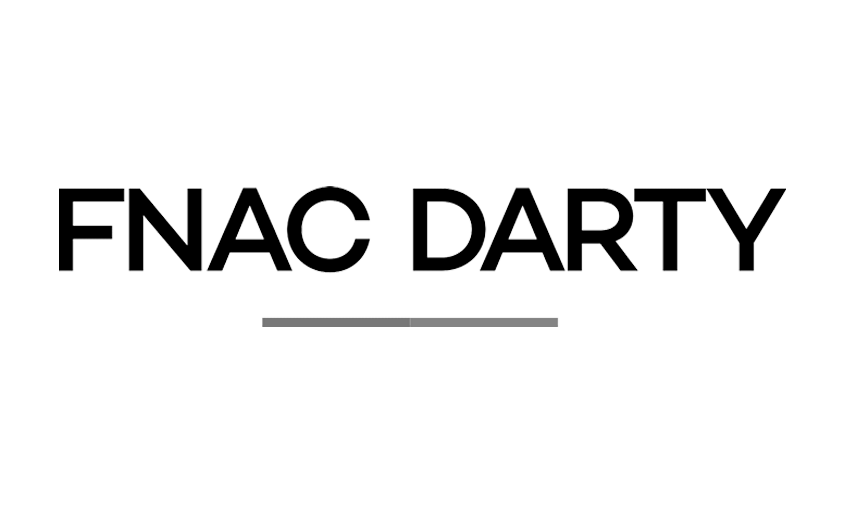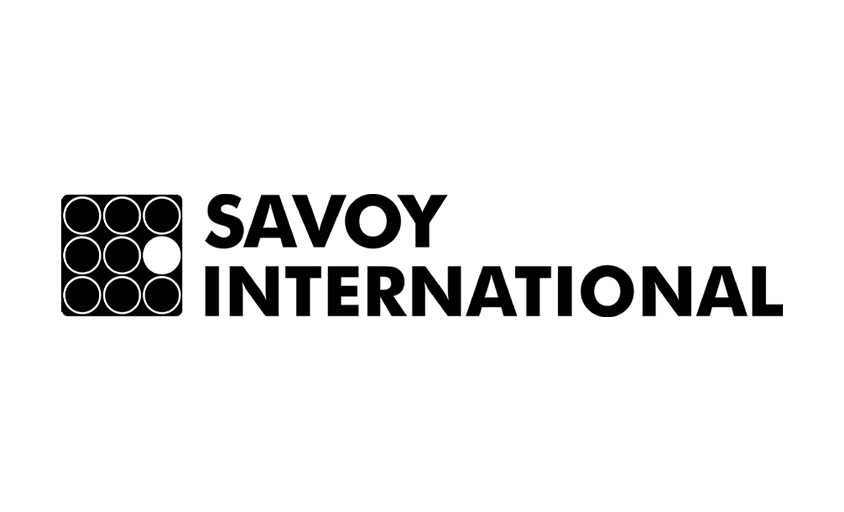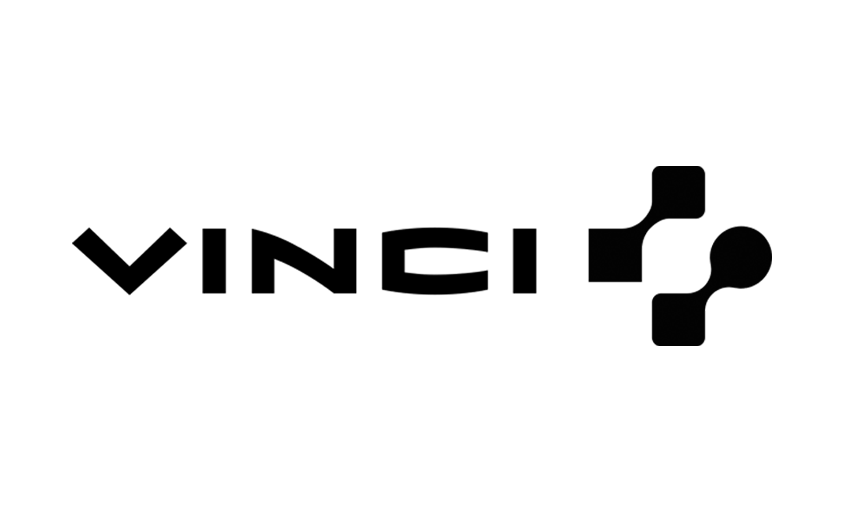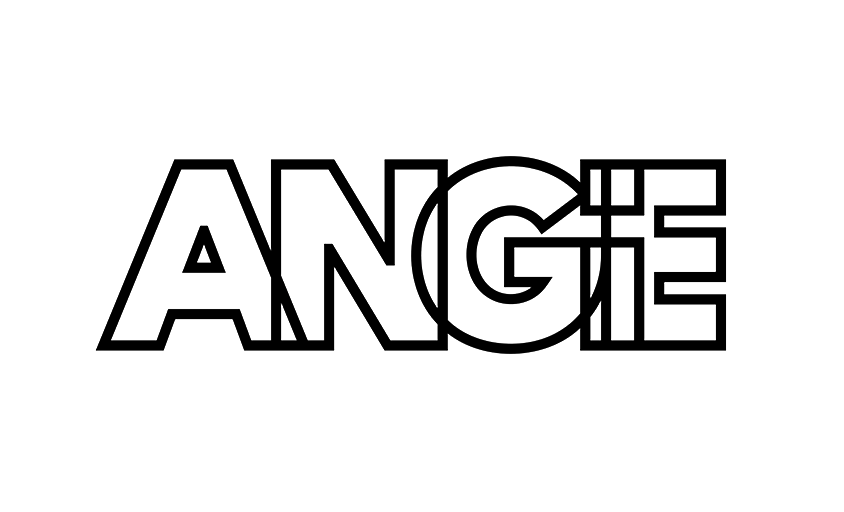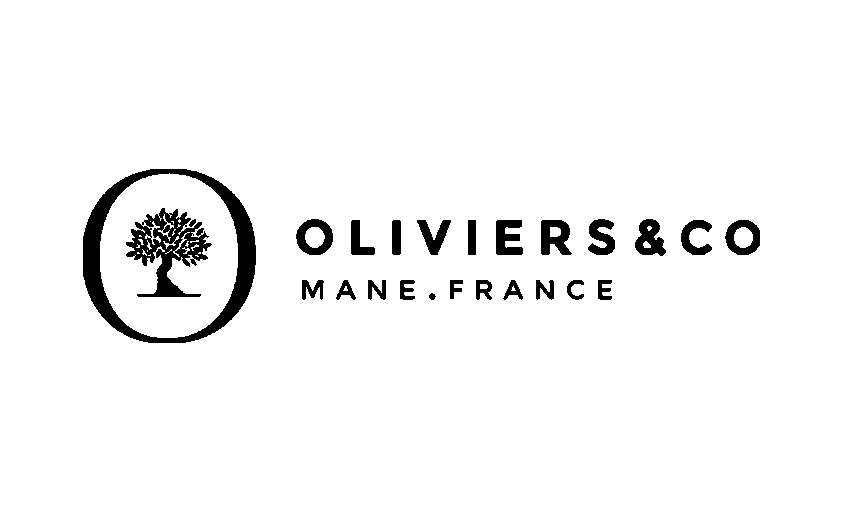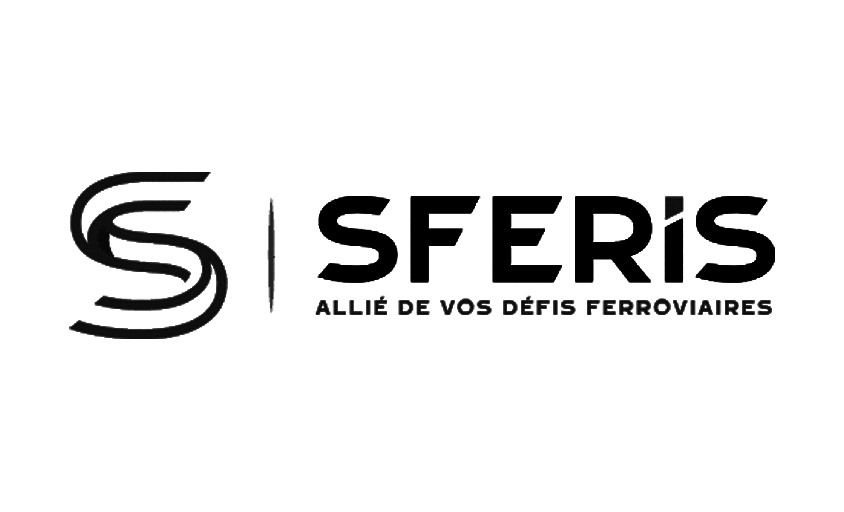The Sound Designer: The Architect of the Audio Landscape
In this article :
The sound designer is an audio professional who shapes the sonic universe of a project, whether for films, commercials, video games, or multimedia projects. Their role is to imagine, create, and manipulate sound elements to bring an emotional and immersive dimension to the visual or interactive experience. In photography and video, sound also plays a crucial role in enhancing the image, and the sound designer is the one who shapes this aspect of the project.
This article explores the profession of sound designer, their missions, skills, and impact within audiovisual production, especially in visual and photographic fields.
1. What is a Sound Designer?
The sound designer is a creator of sonic worlds, responsible for composing and manipulating audio elements in a project. Whether for a film, commercial, video game, or multimedia experience, the sound designer transforms raw sounds into coherent elements that contribute to the atmosphere and emotion of the production.
They may create background noises, original music, or sound effects. Their goal is to adjust sounds to serve the narrative and enhance the visual impact or the experience for the viewer or user.
2. Missions of the Sound Designer
Creation and recording of sound effects
The primary role of the sound designer is to create sound effects used in the project. These effects can be natural sounds (such as animal noises or outdoor ambience) or imaginary sounds for sci-fi films, video games, or commercials. The designer records sounds in studios or on location and manipulates them to integrate harmoniously into the project.
Manipulation of audio elements
Once sounds are recorded, the sound designer uses specialized tools to manipulate and modify audio elements. This includes tasks like creating soundscapes by combining different sounds, adjusting volume, frequency, and equalization, or adding effects such as reverb and delay to shape the sonic atmosphere.
Audio integration and post-production
The sound designer is also responsible for integrating sounds into the final project. They work in post-production to ensure that audio elements are properly synchronized with images or interactive events. In film or video, this may include adjusting sound levels for immersive effects, balancing dialogue, or adding background music and sound ambiances.
Creation of the soundtrack
In some projects, the sound designer creates an original soundtrack, which includes both sound effects and music. They choose instruments, tones, and compositions that enhance the emotional impact of the project. For example, in a film, the soundtrack may add suspense, tension, or joy to a specific scene, or highlight a key message in a commercial.
3. Skills Required to Become a Sound Designer
Technical audio skills
The sound designer must master specific audio tools such as Digital Audio Workstations (DAW) like Pro Tools, Ableton Live, or Logic Pro. They must also be capable of using sound synthesis and processing software to modify recordings and create unique effects.
Creativity and artistic sense
Strong creativity is essential for a sound designer. They must be able to create coherent and captivating sonic worlds that align with the project’s vision. A good musical understanding and the ability to imagine sound effects suited to the scene or desired atmosphere are also necessary.
Project management skills
Sound designers often work on large-scale projects, requiring project management skills. They need to collaborate with directors, producers, and sound engineers to ensure sound elements are delivered on time and meet creative requirements. They must also be able to work under pressure and adapt their creations according to project constraints.
Attention to detail and sound environment sensitivity
A sound designer must have a keen ear for detail to detect and adjust every sonic nuance that could affect the viewer’s or user’s experience. They must also be able to create natural sound ambiances that match the settings or filmed actions.
4. The Sound Designer in Photography and Video
In photography and video, the sound designer plays a fundamental role in post-production by adding audio elements that complement the image. For example, in a commercial video or corporate film, the sound ambiance, whether background noises or music, is crucial to enhancing the visual and emotional impact of the message.
At Rétines, we understand the importance of audio in creating an immersive and coherent experience, which is why we often collaborate with videographers and sound designers.
5. How to Become a Sound Designer?
Specialized training in sound design
There are many training programs in sound and music, especially at film schools, music schools, or audio engineering institutions. These programs provide the technical skills needed and a deep understanding of audio and sound post-production.
Practical experience and internships
Many sound designers start their careers as assistants in recording studios or by working on personal projects. Practical experience is essential for honing skills and building a portfolio.
Networking and building connections
As in many creative fields, networking is crucial to gain visibility and find opportunities. Attending festivals, trade shows, or joining artist communities can be good ways to find interesting projects.
Conclusion
The sound designer is an essential professional in the audiovisual creation process. Through their expertise, they create captivating sonic atmospheres and reinforce the emotional impact of images. At Rétines, we understand that audio plays a role as important as the image in delivering an immersive and coherent experience. We work with expert sound designers to provide comprehensive visual projects that combine high-quality visual aesthetics with a perfect sonic dimension.
Jérémy Carlo is the editorial director at Rétines, where he ensures the consistency and clarity of all content produced by the studio.
Our Clients
Let’s discuss
What we do for you at Rétines
Meticulous work, an organised project and fast delivery. And to achieve this, we mobilise the right resources in our teams at the right time.
01
Pre-production
Artistic and technical direction tailored to the project.
Relevant recommendations on content, form and resources.
02
Photo Shooting
Photos taken by our experienced photographers.
Production that’s controlled, efficient and tailored to the needs of the project, with nothing superfluous.
03
Retouching
Technique
Photographs magnified by our retouching team.
Post-production to meet the commercial challenges of the brief.


